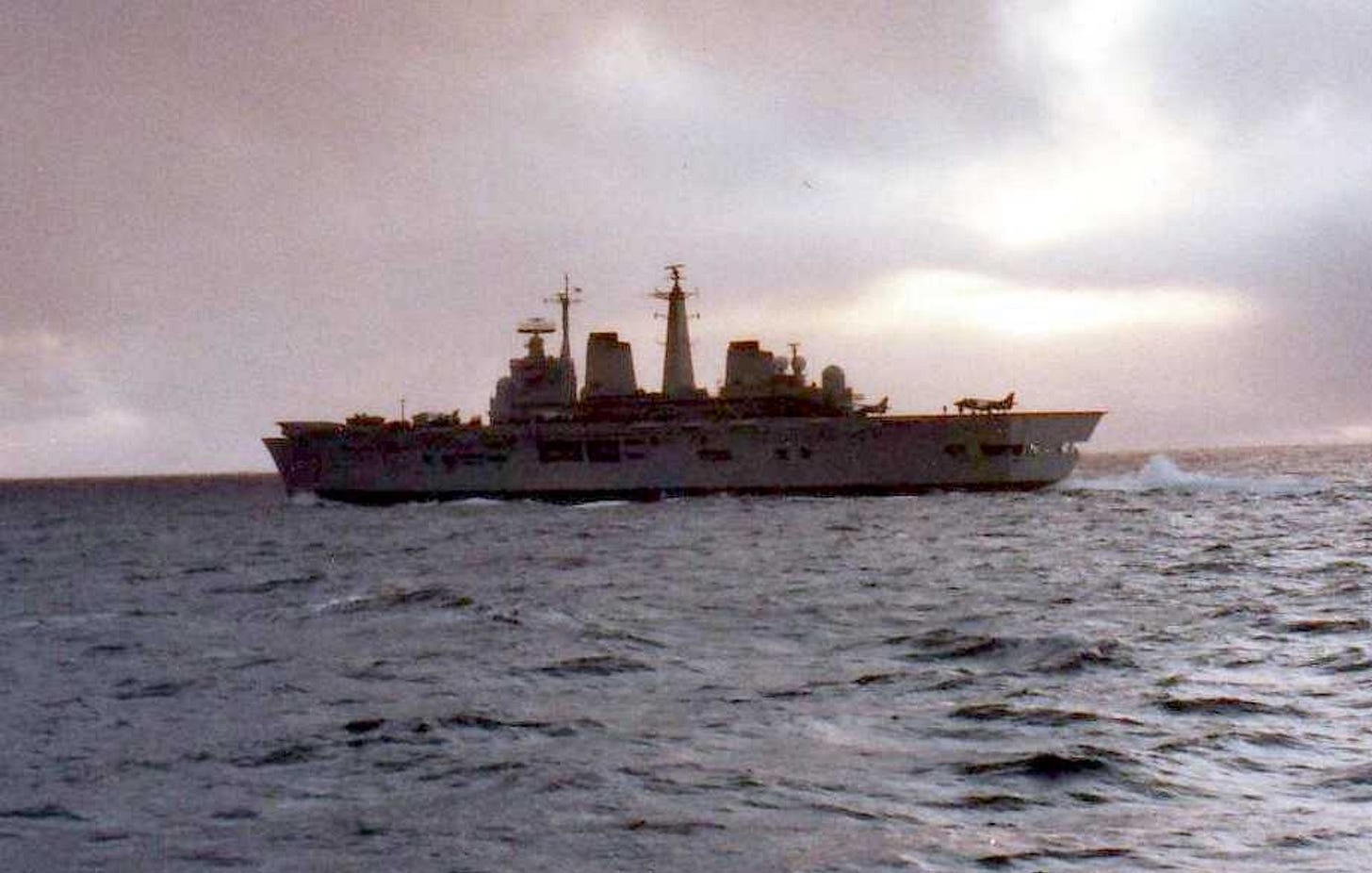The Secret Laser Weapon the UK Deployed During the Falklands War
The Royal Navy sent a laser weapon to the South Atlantic during the 1982 conflict between the UK and Argentina.

It never fired a shot, never made the front pages, and was kept secret for decades. But in 1982, the United Kingdom quietly sent a laser weapon into the Falklands conflict with Argentina…



